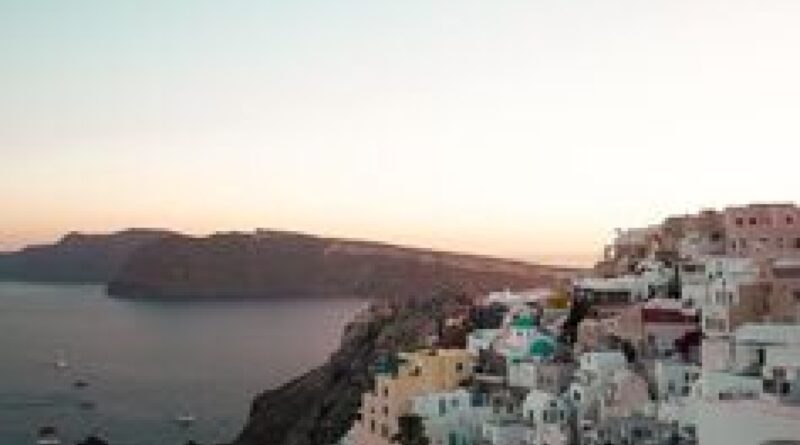The £633m real reason beautiful ‘overwhelmed’ Greek island ‘can’t say no to tourists’

Widening economic inequality between tourist destinations and the rest of Greece have been revealed. (Image: Getty)
The debate around tourism in key Greek hotspots has been raging for several years, especially this summer as Santorini now faces the threat of 17,000 tourists descending on the small island in one day.
Authorities are now looking at data on economic inequality to see if this can provide any answers to the crisis.
Data on turnover in accommodation and catering has shown widening economic inequality between tourist destinations and the rest of the country, Hellenic Statistical Authority (ELSTAT) data has shown.
The island of Santorini, with an area of 29 square miles and a population of just over 15,200 had a turnover from accommodation and catering of 743.8 million euros (£633.5m) in 2023, making up 3.7 percent of Greece’s total.
Meanwhile, in Mykonos, another prime tourist destination with only 10,700 residents in an area of 33 square miles, turnover was 504m euros (£429m).

On Mykonos, with only 10,700 residents in an area of 33 square miles, turnover was 504m euros. (Image: Getty)
The huge disparities are most evident when compared with other areas of Greece. For example, the region of Western Macedonia, an area of 3,649 square miles and a population of over 250,000, had a turnover of only 140m euros (£119m).
Meanwhile, in the region of Eastern Macedonia and Thrace, with over 562,000 living in an area of 5,466 square miles, which includes the well-visited island of Thasos, the turnover for the same activities was 470 million (£400m).
Among the Ionian islands, accommodation and catering turnover was a staggering 1.4 billion euros (£1.19bn), of which half was generated on the island of Corfu alone. Meanwhile in Central Greece, an area over 5,000 times larger than the Ionian Islands combined, only reached 383 million euros (£326m).

In the Ionian Islands, turnover was 1.4 billion euros, of which half was generated on Corfu alone. (Image: Getty)
Trending
Invalid email
We use your sign-up to provide content in ways you’ve consented to and to improve our understanding of you. This may include adverts from us and 3rd parties based on our understanding. You can unsubscribe at any time. Read our Privacy Policy
Nearly a fifth of turnover, 18.3 percent, is generated in the Southern Aegean region, with Rhodes alone accounting for 6.5 percent of the country’s total.
The capital region of Attica, unsurprisingly, had the largest share of turnover, with a staggering 32.5 percent.
Speaking on the inequalities, a government official said: “What, in the old days, was the difference in development between cities and villages has been replaced by differences between tourist and non-tourist areas,” reported ekathimerini.
Declared incomes in tourist areas are said to be rising faster than anywhere else. For example, in the Cyclades islands, incomes rose 26 percent between 2019 and 2022, despite the pandemic.
Officials, according to Ekathimerini, are also aware that undeclared incomes are a very important part of the tourism sector.

